Hesitation Marks: A Tale of Two Masters – Part 1
Last week, word came via Nine Inch Nails’ official Tumblr that they would be offering two different masters of their latest album Hesitation Marks: a “loud” master and an “audiophile” master. The “loud” master would be the one found on iTunes, Amazon and on the CD itself, while the “audiophile” master would only be made available as a download to those who bought the album via the official Nine Inch Nails website.
Why? Well, as the album’s engineer Tom Baker explained via the official announcement, “The standard version is “loud” and more aggressive and has more of a bite or edge to the sound with a tighter low end. The Audiophile Mastered Version highlights the mixes as they are without compromising the dynamics and low end, and not being concerned about how “loud” the album would be. The goal was to simply allow the mixes to retain the spatial relationship between instruments and the robust, grandiose sound.”
So what it sounded like was that this idea was basically Trent’s way to try and have is over-compressed album and eat his dynamic range cake too; offer a “competitive” loud mix for mass consumption while delivering a properly mastered mix with full dynamic range to those who care.
Sounds great, right?
Well, it would have been, if it wasn’t a damned lie.
Below are waveforms of each track on Hesitation Marks. For each example, the “loud” version is on top while the “audiophile” version is on the bottom.
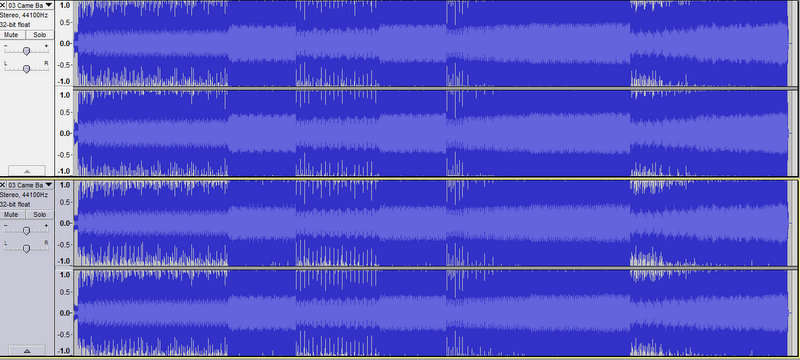
Came Back Haunted
As you can probably tell, the differences between the two versions are minute and the “audiophile” version really isn’t much quieter than the “loud” master. In fact, according to the Dynamic Range Database, a website that tracks the loudness of albums, several tracks on the “audiophile” master are actually LOUDER than their “loud” counterparts. I thought the point of the “audiophile” master was to give the songs more breathing room and range? What the hell?
I’m traveling right now and working on a laptop with shitty speakers, so I can’t really speak to whether or not the “audiophile” master sounds any better than the “loud” versions. However, from a completely objective standpoint, it doesn’t set out what it was supposedly created to accomplish, which was to offer a quieter, more complex version of the album.
Once I get home and I can compare the two versions more significantly (and then compare them to my vinyl copy), I’ll probably write more about this. In fact, I know I will, because there’s a lot about their official statement about all this that pisses me off, as well as how they’re selling the album as a whole.
Until then, I’m interested in hearing your opinions about the two masters. Anyone actually hear a difference between the two versions? Or is this all just smoke and mirrors and a heaping pile of bullshit?
UPDATE: It’s come to my attention that some idiotic idiots are reading this under the assumption that it’s some sort of review, and that I used my laptop speakers as a judge of the master’s audio quality (even though I explicitly stated otherwise in this blog post). That’s not the case. Please see my full review for my actual, final thoughts on the master, and why it’s bullshit regardless of its overall quality.
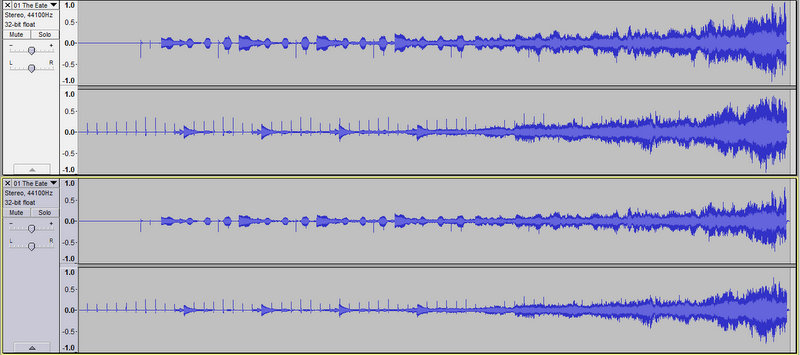

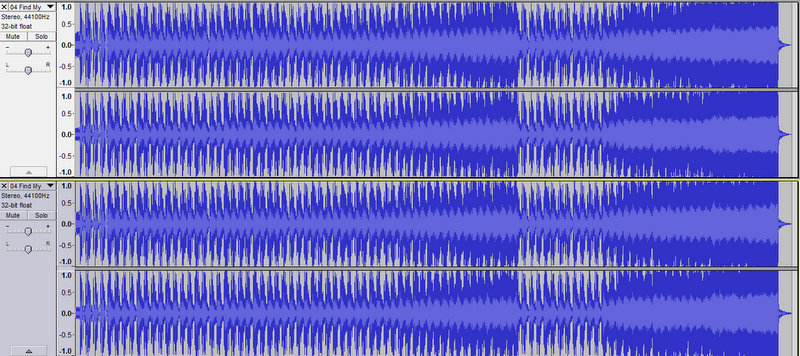

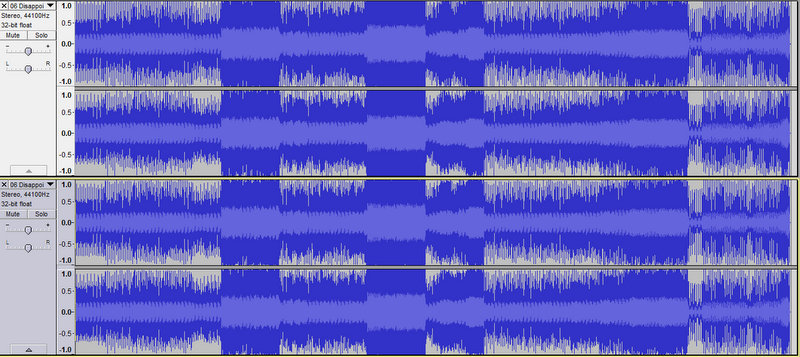
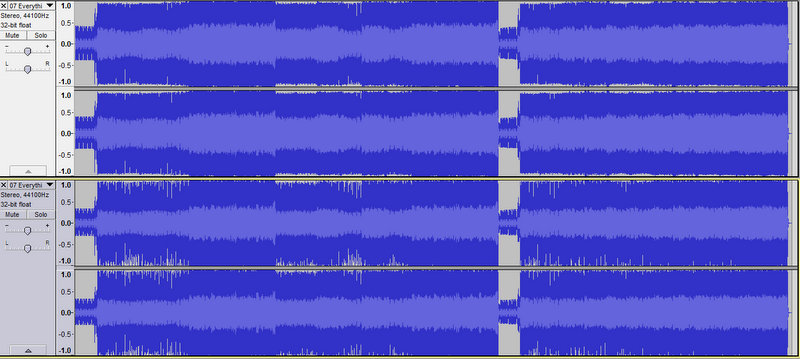
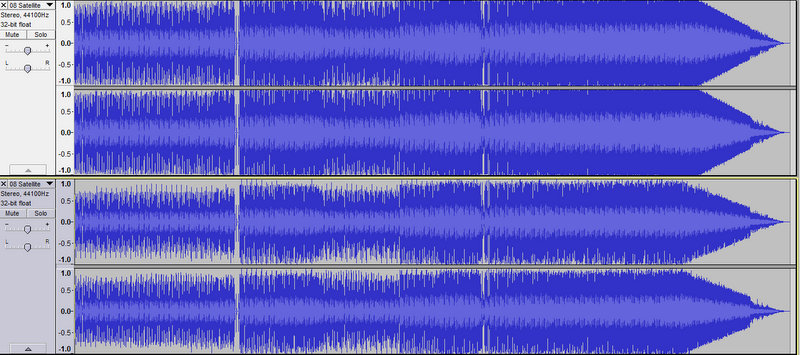
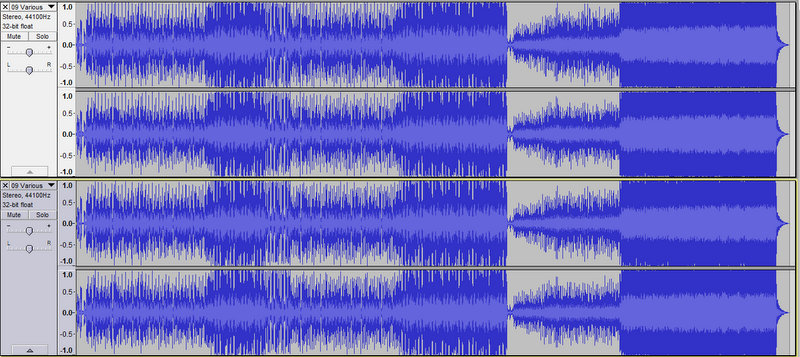
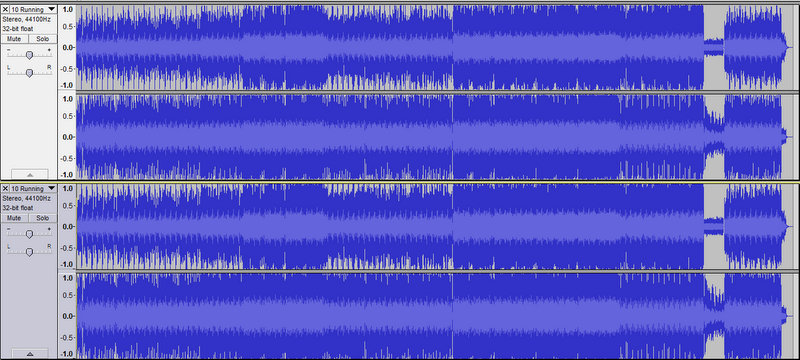
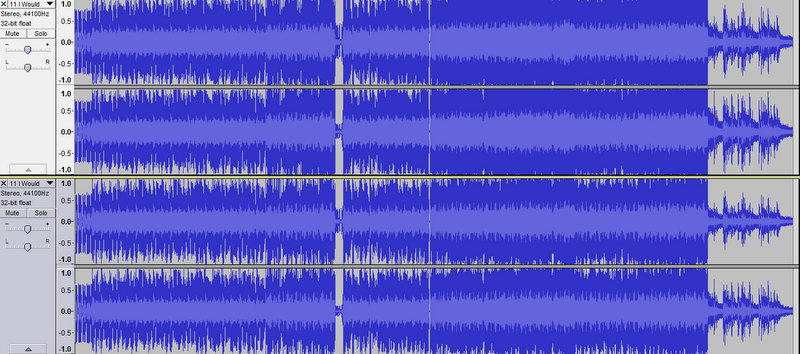

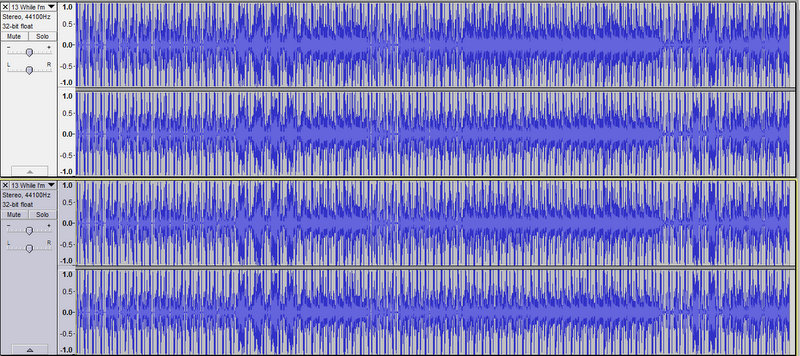
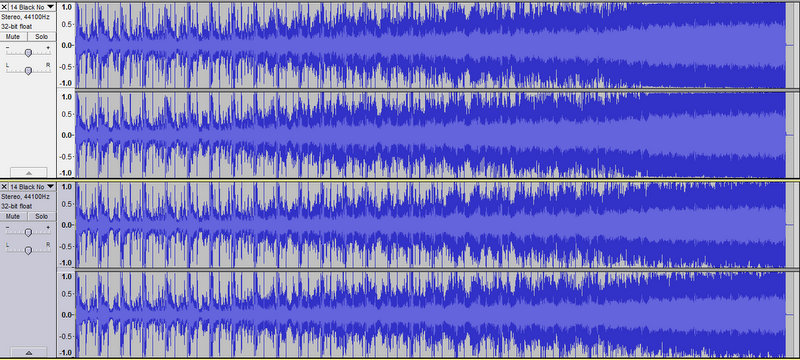
Leave a Reply